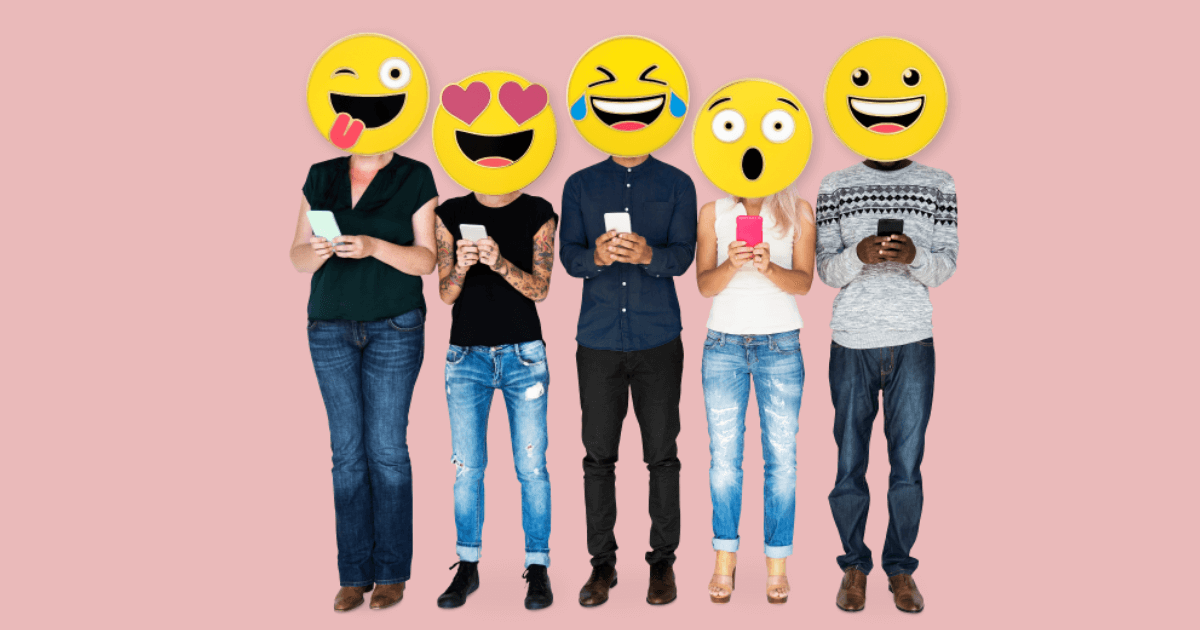
Emoji-The New Language of Our Era | PinMart
In an era where the art of cursive writing is becoming extinct, emoji have emerged as a new form of communication. Admit it. When was the last time you wrote out a longhand letter? But probably a day does not go by that you are not texting or posting to social media using emoji. With PinMart releasing several new emoji pins this year, I was wondering how these little icons that were barely around a decade ago, have wormed their way into being such a prevalent part of our culture.
The predecessor of the emoji was the emoticon. Remember typing a colon and parenthesis to create a smiley face in an email? Emoticons became widely used in the 80s and 90s in email and online posts to denote emotions. The emoji we use today were invented in Japan in 1999 by Shigetaka Kurita, an engineer for a mobile phone company DoCoMo. Kurita was inspired by local road signs and a set of Japanese characters called Kanji. Emoji translated means “Image Character”. While immediately popular in Japan, emoji did not really catch on in the U.S. and the rest of the West until around 2009 after Google and Unicode Consortium began using code points to ensure that emoji were standard across all types of platforms and mediums.
Kurita’s first set of emoji included 176 characters. Today, there are roughly 2,800. There was an emoji musical in Los Angeles, a 2017 film, The Emoji Movie, and even Moby Dick has been translated into the language of emoji. In 2016, Emojicon, a Comic-Con-like convention, was held in San Francisco. There is no denying the popularity of these digital symbols, and it does not seem to be waning. Face with Tears of Joy is the most used emoji and is just one of PinMart’s 19 emoji pins. Express your many moods with these pins that represent the new language of the 21st century!



